
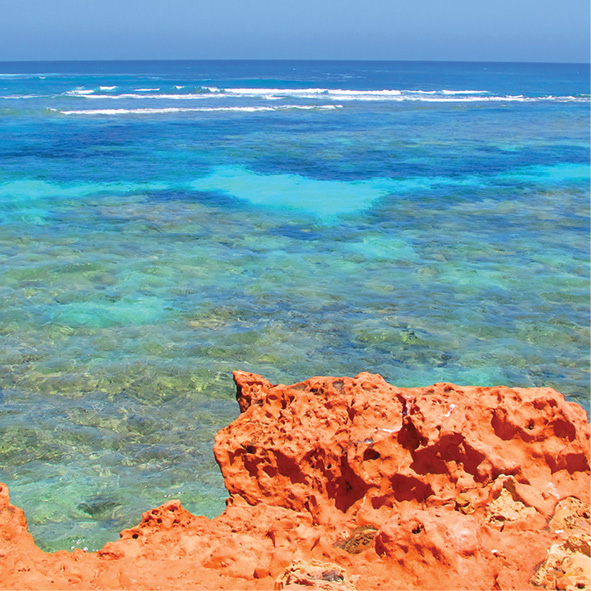

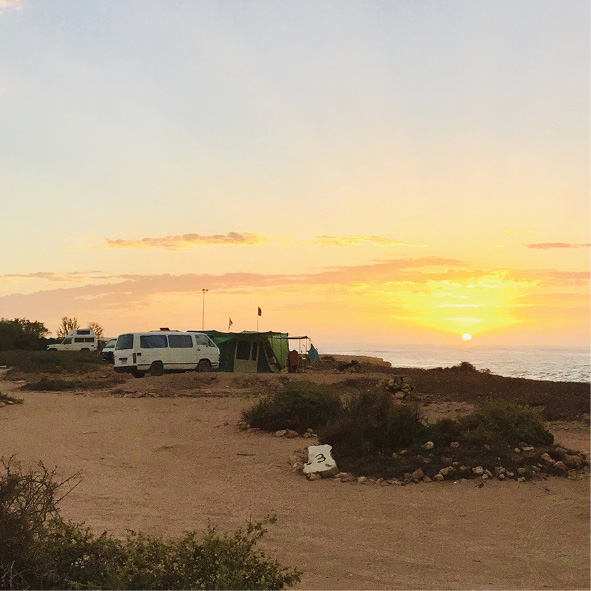
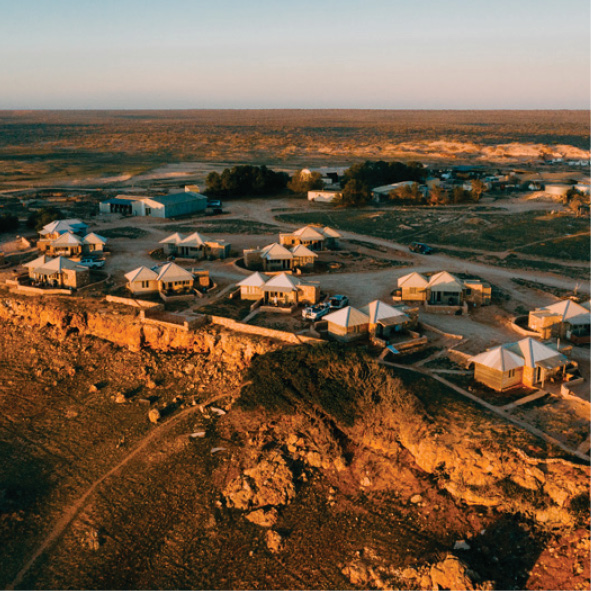





Gnaraloo Station is one of those iconic holiday spots loved by us Sandgropers. It’s beauty is found in its rugged remoteness and is like nothing else on earth. The station is not a destination if you are looking for miles of tracks to explore or to test your 4WD skills. It is, however, the perfect place to come if you are looking to escape the caravan park experience and try something a little more down to earth.
The station is approximately 150km north of Carnarvon.
Regardless of the type of adventure you are embarking on, keeping the basics in your vehicle means that you should be bale to deal with most situation that may arise.
When you get onto the gravel, engage 4WD (high range) and only disengage 4WD when you get back to the bitumen. Doing so reduces the damage caused by driving in two-wheel drive and ensures that the track needs less maintenance to keep it open.
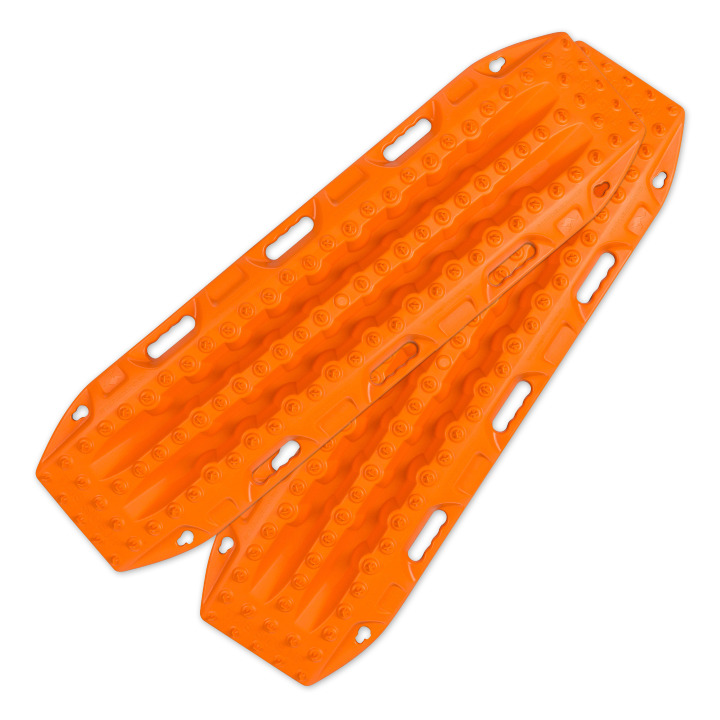
Great for getting yourself out of a sandy situation. They also work really well in mud. Depending on the time of year, you may need to get these out.
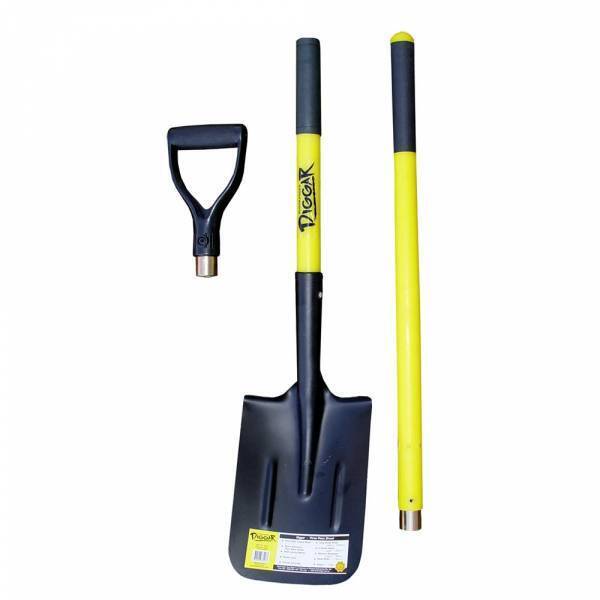
You never know when you are going to have to dig yourself out of trouble or when there is a call of nature that requires a hole.
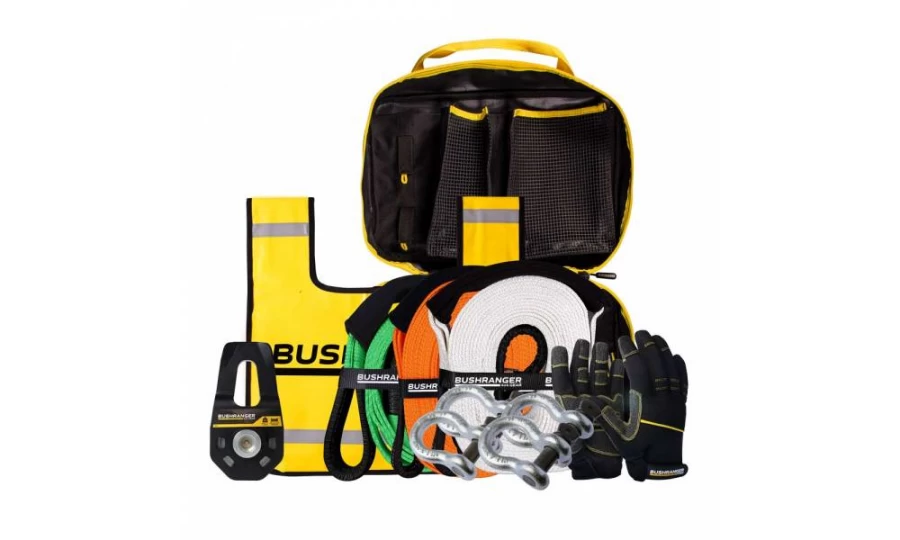
You don’t always need this equipment BUT when you do, you do. Best to ensure that it is always in your vehicle.

Much better than a stick and a lot more accurate. If there is any extended sections of track that are sandy or have become wet or muddy, then you may need to drop some tyre pressure to ensure that you keep a good grip on the track.
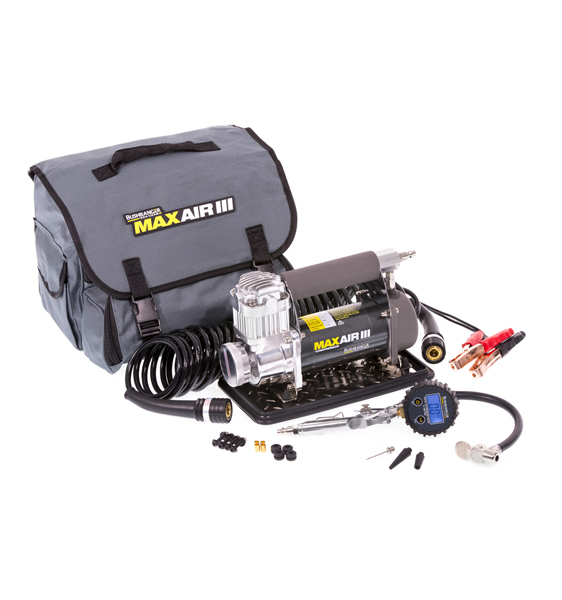
If you need to let your tyres down for any reason then you will also need to pump them back up again.
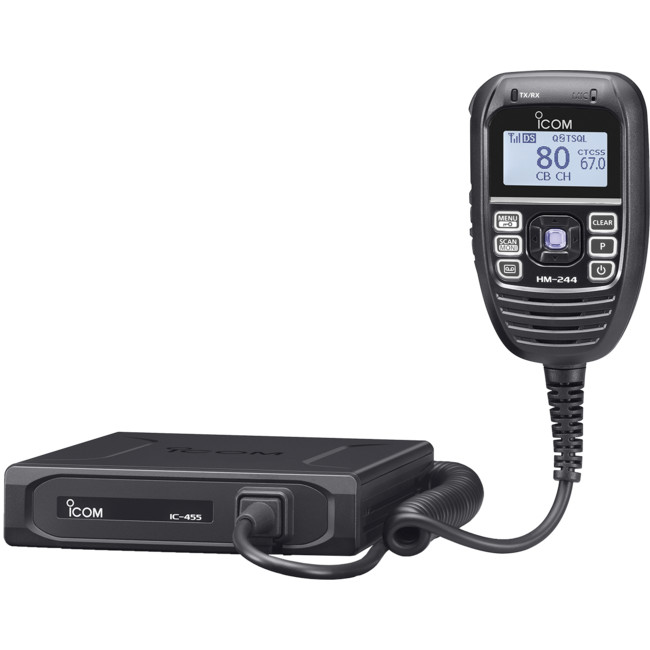
Equip your vehicle with a good quality UHF radio and antennae. Not only does it give you some street cred, it allows you to communicate with other vehicles similarly equipped that you might be travelling with and other road users.
Being so close to Perth is no reason to disregard the basic planning process. Make sure you let someone know where you are going and when you intend to be home. Mobile phone coverage should not be relied upon. This could impact how well Google Maps (or equivalent works) and you should either invest in a good quality GPS unit or ensure you have a map of the area.
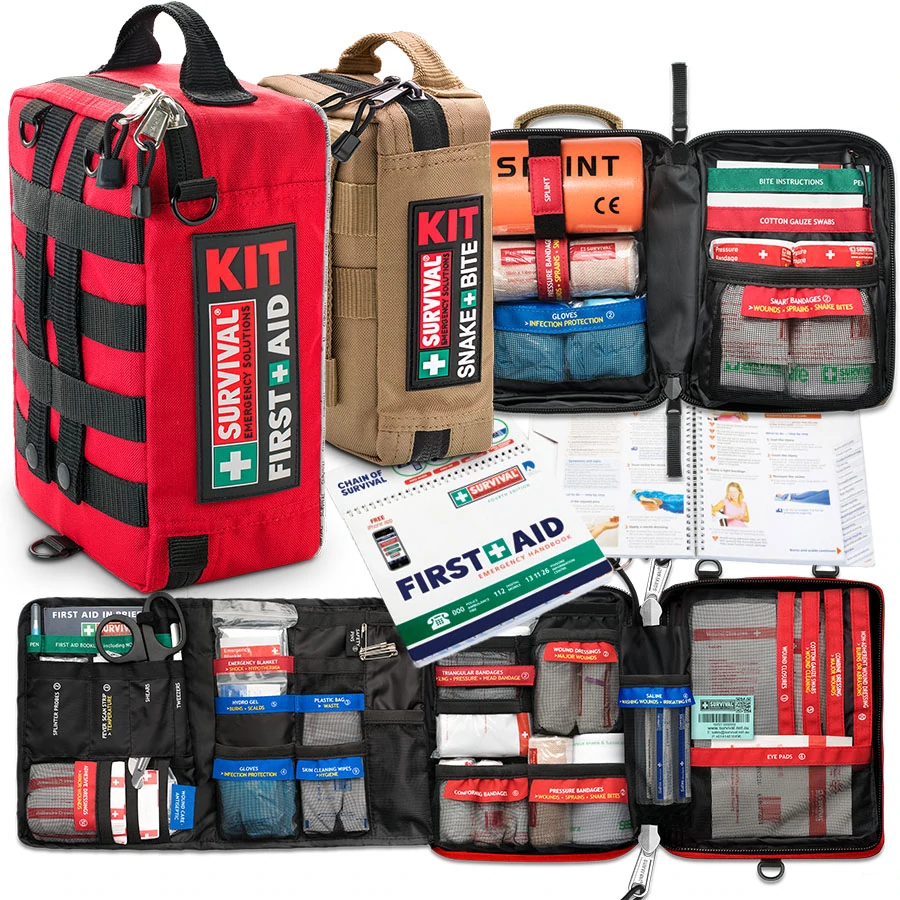
Something to deal with minor cuts and scrapes as well as compression bandages to treat snake bite.
Make sure you have some sunscreen and insect repellant with you.
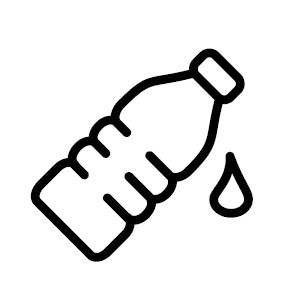
Bring enough potable water to sustain you for your stay. You are able purchase additional bottled water from the 3 Mile Camp Shop as well as other essentials.
Plan on needing approximately 10 litres per person per day.
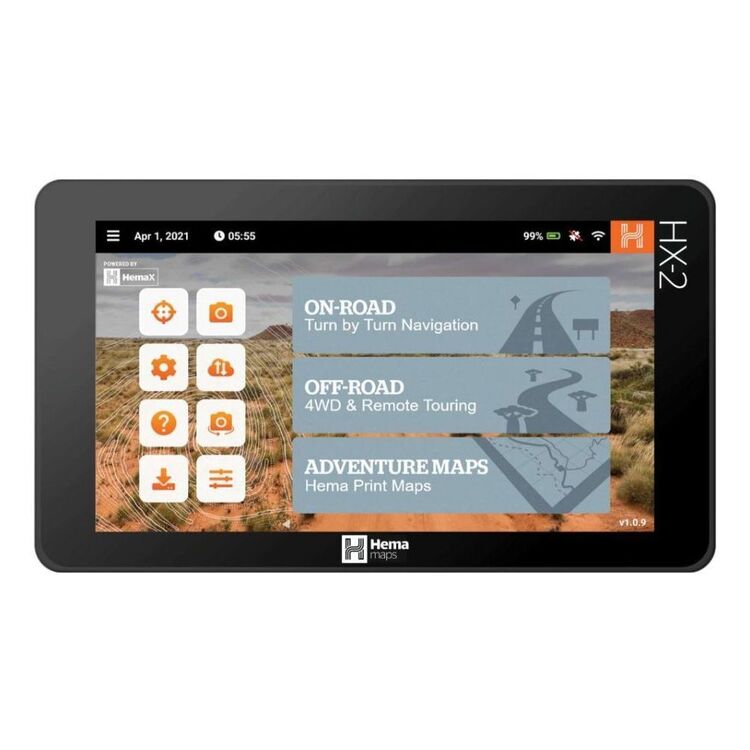
We use and recommend HEMA’s HX2 GPS navigator. The unit does not require mobile phone signal to operate, shows you exactly where you are and what is around you (including points of interest and facilities). The HX2 also gives you turn by turn navigation when back on the bitumen if you need it.
Your other option is to grab a copy of one of HEMA’s maps or 4WD atlas relevant to your area of travel.
If you have a smart phone or an iPad (preferably one that can take a mobile SIM card – you don’t need a SIM installed) you can look at HEMA’s CamperX or 4×4 Explorer.

Keep a roll in the car, along with hand sanitiser and maybe some wipes. Make sure you have a rubbish bag handy and bring all of your rubbish home.

Bring enough food for your stay. You can purchase essentials from the 3 Mile Camp Shop however the range will be limited.
This is not simply a beach holiday. This is an opportunity to really unwind and relax, surrounded by a spectacular landscape. There is so much to see and do, you will struggle to fit it all in.
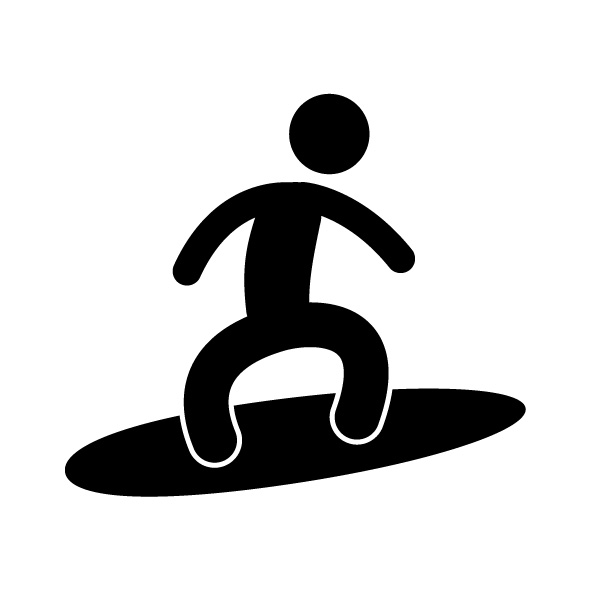
With 65km of beach-front, you are sure to be able to find a perfect spot to hit the water. The surfing here is considered world-class BUT is recommended for experience surfers only.
It is also a great spot for wind and kite surfing as well as stand-up paddle boarding

You are spoilt for choice with plenty to see on and off the water. Lake McLeod is home to 1000’s of migratory birds and the wildflowers have to be seen to be believed. (July to September)
Between June and September there is a good chance you will spot migrating Humpback whales as they make their way south. Between December and March, these same whales can be seen making their way north again.

Take a camera and try your hand at some scenic shots or even some macro. It’s also a great spot to get some nice portrait shots of friends and family or even a candid shot of the natural surroundings.
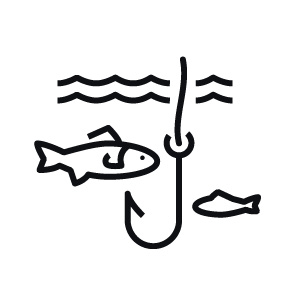
There are great opportunities for both onshore and offshore fishing. Once outside of the sanctuary zones you should be able to experience some great catches.

Having the Ningaloo Reef right on your doorstep has to have its advantages. There are some great locations where you can get wet and discover the multitude of aquatic life.
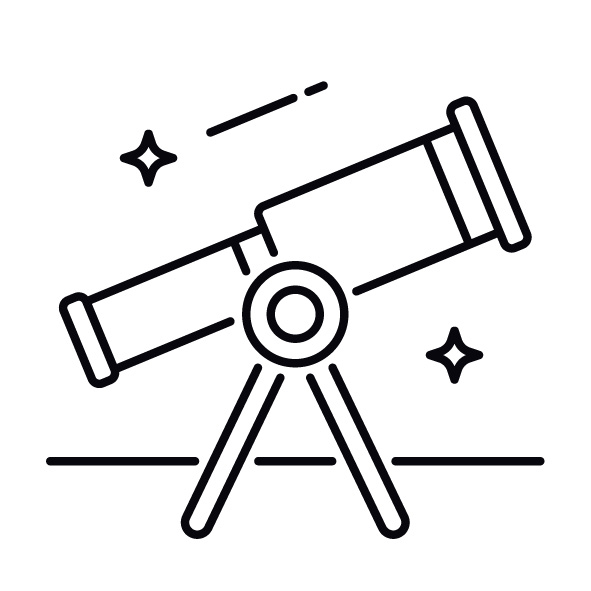
This is a great place to spend some time stargazing. With very little light pollution, Gnaraloo is the perfect location to watch the Milky Way in all of its glory or even observe a meteor shower or two.
Don’t take our word for it, contact the team at Gnaraloo Station for all the latest accommodation, campsite availability and road condition reports.

For further information or bookings go to the Gnaraloo Station website.